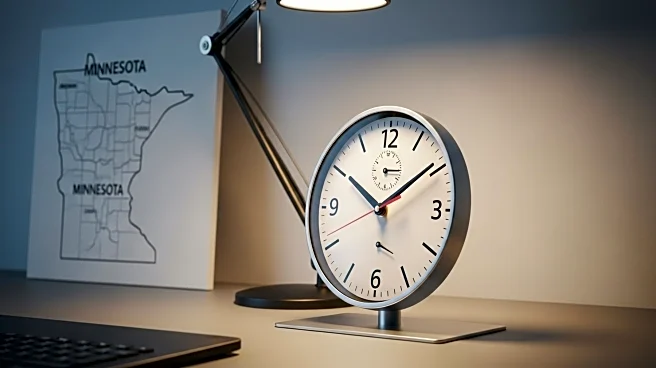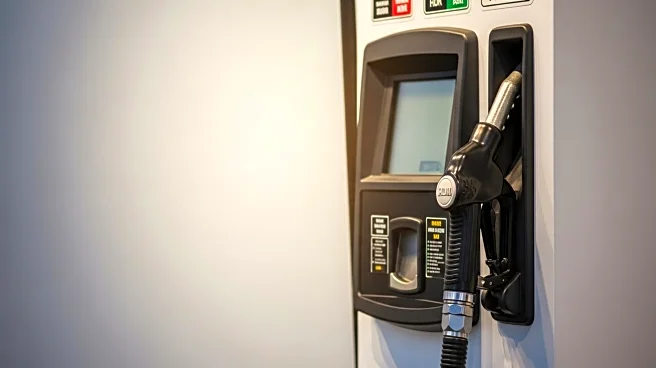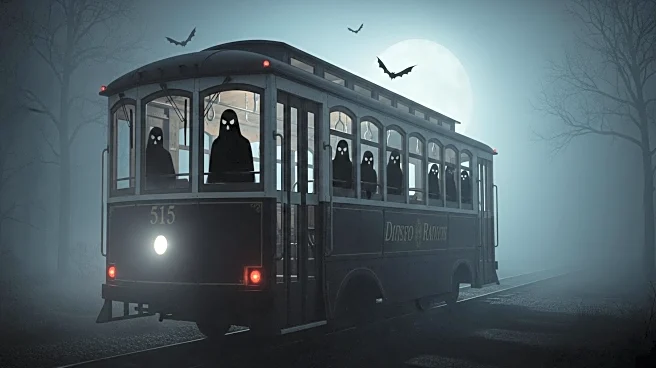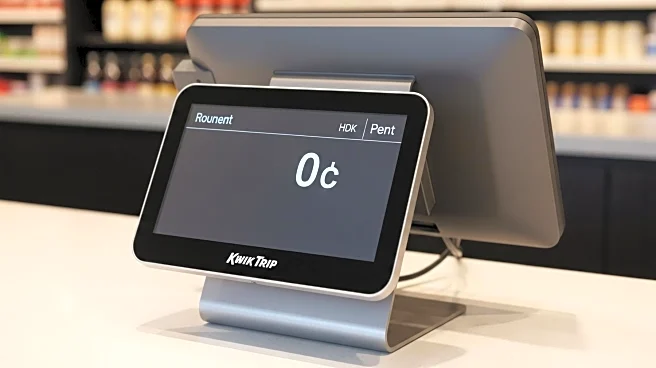What is the story about?
What's Happening?
Sam's Club is set to change its store hours in Minnesota, including Rochester, starting Sunday, October 12, 2025. This decision comes after receiving 'overwhelming feedback' from customers regarding the current store hours. The new schedule will allow Plus members to access the store from 8:00 am to 9:00 am, with general membership access starting at 9:00 am and closing at 8:00 pm. Additionally, holiday hours have been updated, with stores remaining closed on Easter, Thanksgiving, Christmas Day, and New Year's Day. On Memorial Day, July 4th, Labor Day, and New Year's Eve, stores will remain open until 8:00 pm, extending the previous closing time of 6:00 pm.
Why It's Important?
The adjustment in store hours reflects Sam's Club's responsiveness to customer needs and preferences, potentially enhancing customer satisfaction and loyalty. By offering earlier access to Plus members, the store aims to provide a more convenient shopping experience, which could lead to increased membership sales and customer retention. The extended holiday hours may also attract more shoppers during peak shopping periods, boosting sales and foot traffic. This change signifies a strategic move to align with consumer demands and competitive practices, as other warehouse stores like Costco have similarly adjusted their hours.
What's Next?
Sam's Club may continue to monitor customer feedback and sales data to assess the impact of the new hours. If successful, similar changes could be implemented in other regions or during different times of the year. Competitors may also respond by adjusting their own store hours or offering additional incentives to retain their customer base. The retail industry will likely observe these changes closely, as they could influence broader trends in store operations and customer engagement strategies.
Beyond the Headlines
The shift in store hours may have implications for employee scheduling and operational costs. Extended hours could require additional staffing or adjustments in employee shifts, impacting labor costs and workforce management. Furthermore, the change may reflect broader trends in consumer behavior, such as increased demand for flexible shopping times and personalized services. As retailers adapt to these preferences, the industry may see a shift towards more customer-centric business models.
AI Generated Content
Do you find this article useful?














